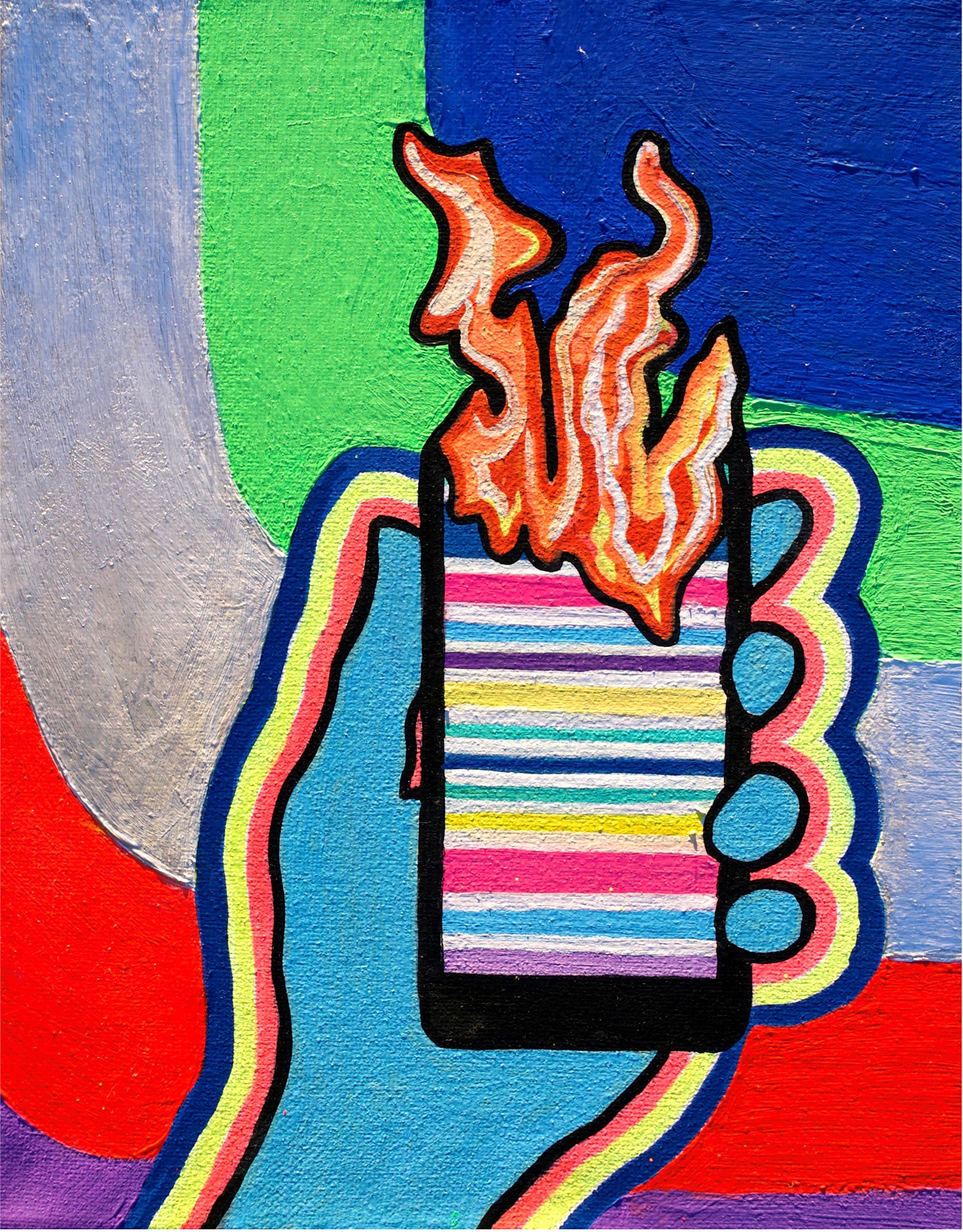254 papers to date
241,494 full-text downloads to date
27,794 downloads in the past year Updated as of 09/09/25
Welcome to The Transdisciplinary STEAM+ Journal, a transdisciplinary, global, theory-practice, peer-reviewed, open access, online journal with a focus on arts integration. The Transdisciplinary STEAM+ Journal brings together perspectives, artwork, research, teaching, and practice. We promote arts integration not just with STEM, but also with the Social Sciences and the Humanities. This expansion helps us better explore the connecting complexities of science, social phenomena, human behavior, and experiences of being and becoming through the lens of the Arts. We welcome researchers, artists, educators, field practitioners, and young voices from multiple disciplines and practice spaces within and beyond academia to share work that supports deep learning, social impact, and human flourishing through arts integration. We invite artwork, arts-based social advocacy and activism, arts-based research in Social Sciences, Humanities, and Science, blog post reflections and op-ed articles, reviews of books about STEAM and arts integration, and arts-integration lesson plans.
Current Issue: Volume 5, Issue 1 (2023)
Cover
Behind the Cover
Julie Orr
Editorials
Looking Back and Looking Forward
Sara Kapadia
STEAM and the Way Forward
Shamini Dias
Articles
Creative Learning With Music and Mathematics: Reflections on Interdisciplinary Collaborations
Graham Johnson and Alesia M. Moldavan
Challenge-Based Learning & STEAM Curriculum
Diana Lockwood
Including the Literary Arts as the A in STEAM
Lindsay E. Cunningham
Artwork
Light Leaf: Observations of Leaves in Light
Paul Kelley
Gömböc the Great
Indigo M. Strickert and Lori E. Bradford
Dear Duck-Billed Platypus
Michael J. Leach Dr
Life’s a Pattern
Adam Manning
Field Articles
The Patterns of Yarning
Adam Manning and Sara Motta
STEAM and Environmental Justice in an Interdisciplinary Context
Paula Farca, Alina Handorean, and Jürgen Brune
Cultivating Ingenuity in Art through STEAM Picture Books
Julia L. Hovanec
Citizen Scientists and Artists: Integrating Arts and Technology to Teach the Effects of Climate Change on Bird Migration
Laura Fattal Dr. and Heejung An Dr.
Constructing Kites to Integrate Mathematics and Arts Concepts
David Glassmeyer, Kevin Hsieh, and Lieu Nguyen
Exhibiting STEAM: Curating Community Conversations through Library Collections
Stefanie Hilles, Ginny Boehme, and Rachel Makarowski
Collaboration between science and art through a special international symposium for ecosystem health and sustainability
Changwoo Ahn Dr.
Integrating Theatre and Biology: How Embodied Performance Can Enhance Empathy Among College Science Students
Annika C. Speer and Begona Echeverria
Reflection
Creativity, Craftsmanship, and Connection: Large-Format Sculpture Design
Jacqueline L. Puga and Gordon Hoople

Issue Art:
Daze Ablaze by Julie Orr